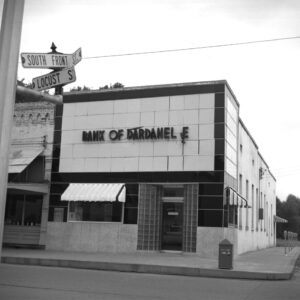 Bank of Dardanelle
Bank of Dardanelle
Entry Category: Yell
 Bank of Dardanelle
Bank of Dardanelle
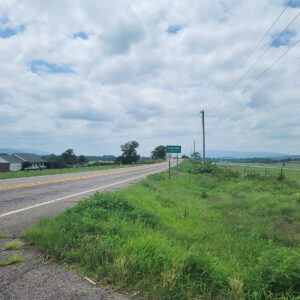 Belleville
Belleville
Belleville (Yell County)
 Belleville Fire Department
Belleville Fire Department
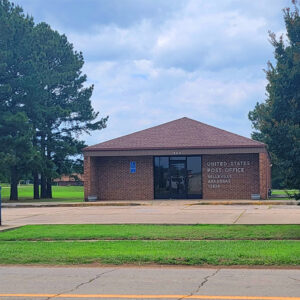 Belleville Post Office
Belleville Post Office
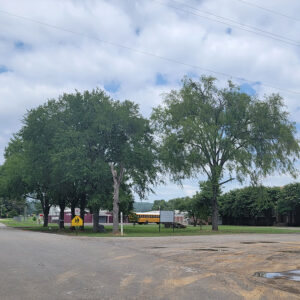 Belleville School
Belleville School
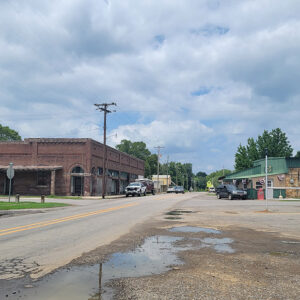 Belleville Street Scene
Belleville Street Scene
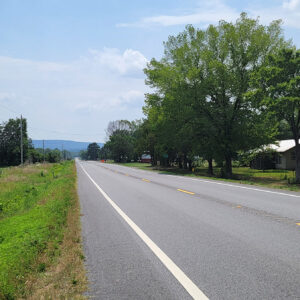 Birta Street Scene
Birta Street Scene
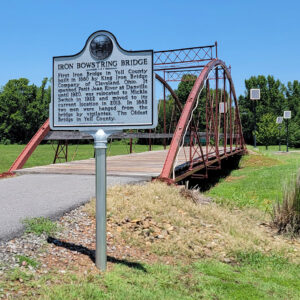 Bowstring Bridge
Bowstring Bridge
Chickalah (Yell County)
Corinth (Yell County)
Danville (Yell County)
 Danville Bridge
Danville Bridge
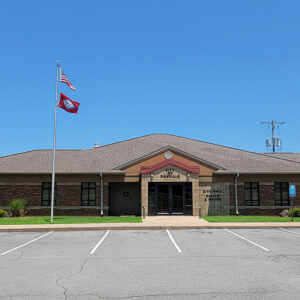 Danville City Hall
Danville City Hall
 Danville Depot
Danville Depot
 Danville Hospital
Danville Hospital
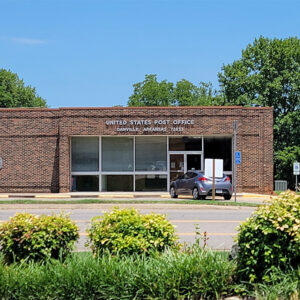 Danville Post Office
Danville Post Office
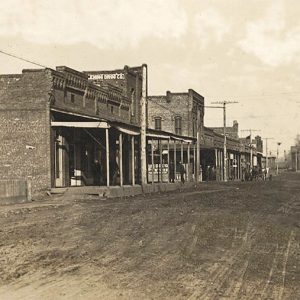 Danville Street Scene
Danville Street Scene
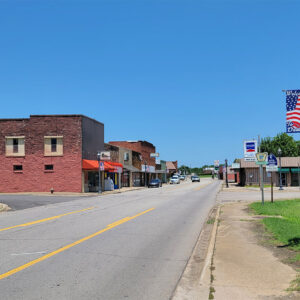 Danville Street Scene
Danville Street Scene
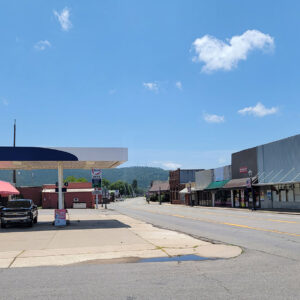 Danville Street Scene
Danville Street Scene
Dardanelle (Yell County)
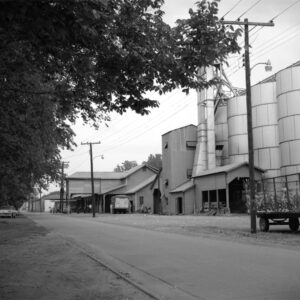 Dardanelle Gin
Dardanelle Gin
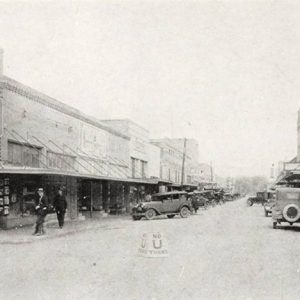 Dardanelle Street Scene
Dardanelle Street Scene
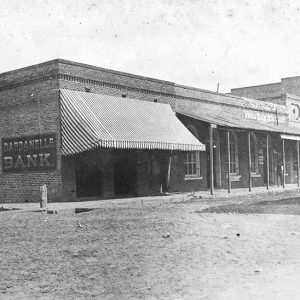 Dardanelle Street Scene
Dardanelle Street Scene
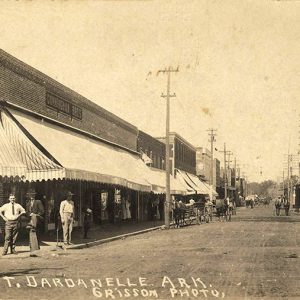 Dardanelle Street Scene
Dardanelle Street Scene
 Dardanelle Street Scene
Dardanelle Street Scene
 Dardanelle Street Scene
Dardanelle Street Scene
 Entering Ola
Entering Ola
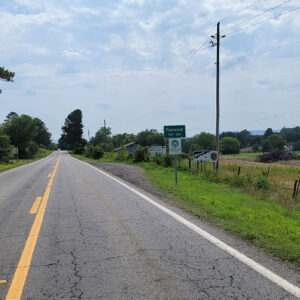 Entering Plainview
Entering Plainview
Harkey Valley (Yell County)
Havana (Yell County)
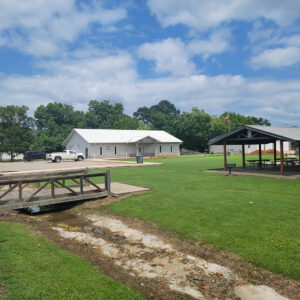 Havana City Hall
Havana City Hall
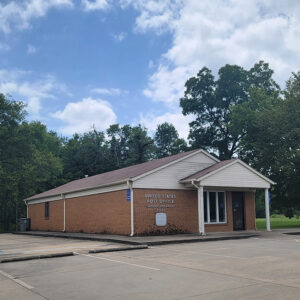 Havana Post Office
Havana Post Office
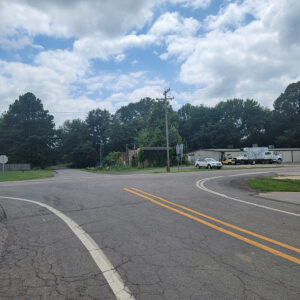 Havana Street Scene
Havana Street Scene
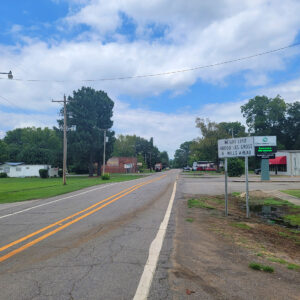 Havana Street Scene
Havana Street Scene
Ola (Yell County)
 Ola Aerial View
Ola Aerial View
 Ola Baptist Church
Ola Baptist Church
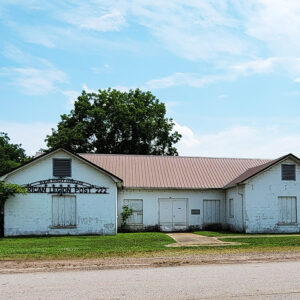 Ola Legion Post
Ola Legion Post
 Ola Post Office
Ola Post Office
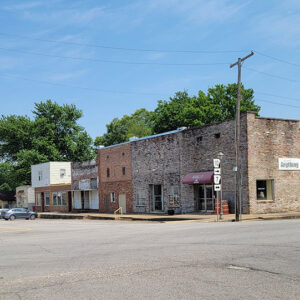 Ola Street Scene
Ola Street Scene
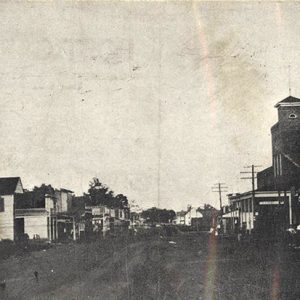 Ola Street Scene
Ola Street Scene
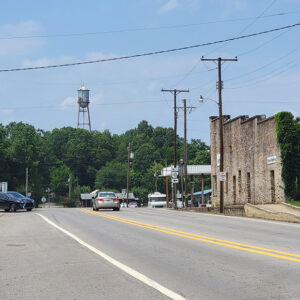 Ola Street Scene
Ola Street Scene
 Ola Water Tower
Ola Water Tower
 Old Post Office
Old Post Office
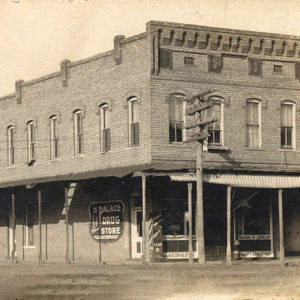 Palace Drug Store
Palace Drug Store
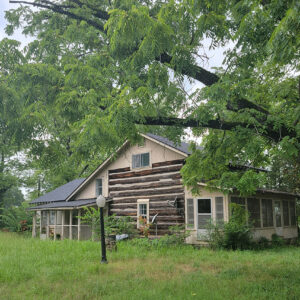 Peeler Gap Road House
Peeler Gap Road House
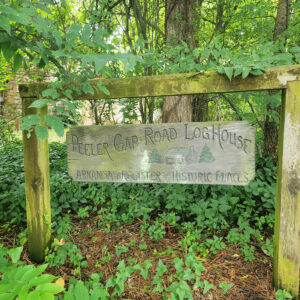 Peeler Gap Road House Sign
Peeler Gap Road House Sign
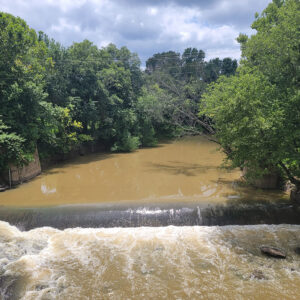 Petit Jean River
Petit Jean River
 Petit Jean River Bridge
Petit Jean River Bridge




